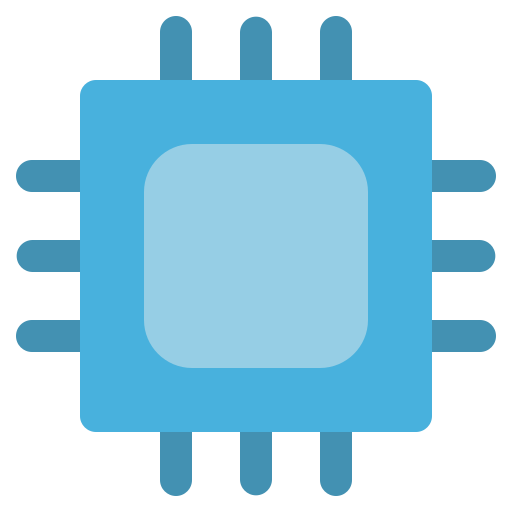

Standards as in parts of the spec, as you said in the original reply:
the new MatrixRTC spec
Which is a fork of the WebRTC protocol and another “standard” on top of the REST HTTP protocol.
I should have been more specific with my language, it is federated, but specifically messages (events) are a distributed DAG, and I find the Matrix protocol overly generic for a replacement for something specific like Discord.
The end goal of Matrix is to be a ubiquitous messaging layer for synchronising arbitrary data between sets of people, devices and services



Granted they’re not the growing and bustling places they used to be, but there are still both niche and “lifestyle” forums that are alive and stable. Other than this place, one of the latter is where I spend most of my online socializing time.